Child soldiers: What you need to know
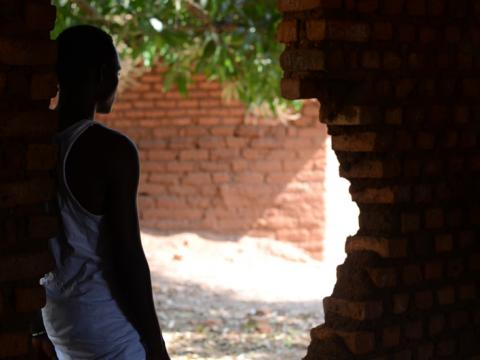
The United Nations reports that 250 million girls and boys live in areas of the world affected by armed conflict.
Despite being least responsible for the outbreak of violent conflict, children are disproportionately at risk of being affected by the violence and exploitation that occurs in war zones.
Recognising the devastating impact of conflict on children, the UN defined six grave violations of children’s rights – including the recruitment and use of children.
In 2002, the Optional Protocol to the Convention on the Rights of the Child on the involvement of children in armed conflict (OPAC) came into force, defining the recruitment and use of children in conflict as a violation international law.
While there can appear to be an element of “choice” involved in a child’s actions that result in joining an armed group, this choice is almost always a product of coercion, lack of safe alternatives, and out of fear created by the conflict itself.
When trying to end the scourge of child soldiers, it's necessary to work not only with armed forced and groups to end their recruitment practices, but also tackle the root causes and factors driving these push factors
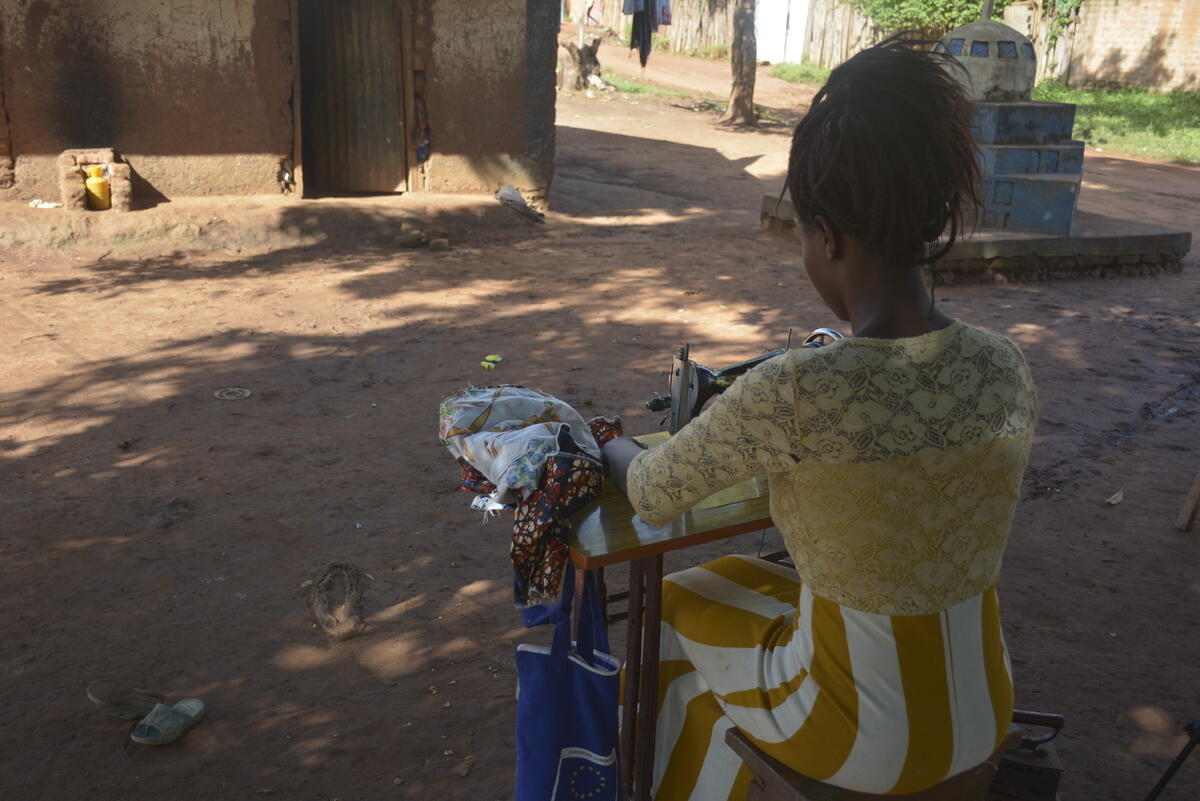
Today, 170 States have signed and ratified the OPAC. Despite this, the UN verified in its most recent report that 8,521 children were recruited and used in conflicts around the world. Some child soldiers were as young as six years old.
Children can become involved in armed conflicts in direct combat roles, but also in supporting roles – being forced or coerced to become cooks, cleaners, porters, intelligence gatherers and spies, wives, sex slaves, or used in acts of terror. Regardless of their role, the experience for girls and boys is devastating.
While many children are still forcibly recruited and used by armed forces or groups, research has found that socio-economic and circumstantial factors can push boys and girls into joining an armed group, left with no choice.
Our research found these coercive "push" factors are most often related to the sense of safety or need for protection perceived by a child and his or her family, extreme poverty, hunger, lack of access to education, and lack of hope for the future – particularly in protracted conflicts.
As the world looks to end and prevent the use of child soldiers, it is crucial to address all the factors – including those that push children into armed groups.
Strengthening the protective environment for children in fragile and conflict contexts and ensuring adequate resourcing of child reintegration programmes are both key factors to ending the recruitment and use of children.
Read our full policy recommendations here.
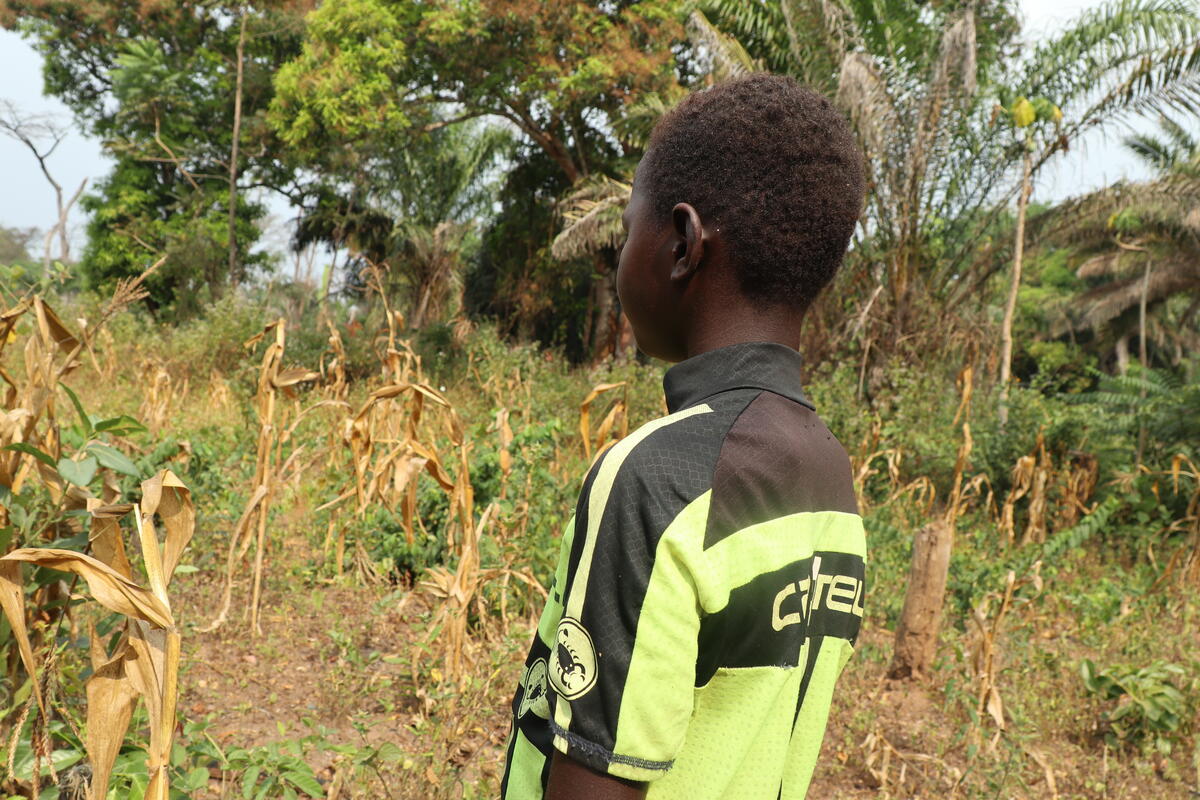
1. What is a child soldier?
According to the Paris Principles on the Involvement of Children in Armed Conflict (2007), a child associated with an armed force (State military or security force) or armed group (non-State actors with arms engaged in conflict) refers to any person below 18 years of age who is, or who has been, recruited or used by an armed force or armed group in any capacity, including, but not limited to children, boys and girls, used as fighters, cooks, porters, spies or for sexual purposes.
2. How are child soldiers recruited?
Although child soldiers are often forcefully recruited, in a number of armed conflicts it is common for boys and girls to be "pushed" to join an armed force or group, out of fear, coerced, or when left with few other choices.
While there can appear to be an element of “choice” involved in a child’s actions that result in joining an armed group, this choice is almost always a product of coercion, lack of safe alternatives, and out of fear created by the conflict itself.
When trying to end the scourge of child soldiers, it's necessary to work not only with armed forced and groups to end their recruitment practices, but also tackle the root causes and factors driving these push factors.
These factors can include:
Ongoing insecurity and displacement
During times of protracted violence, when families are internally displaced or have to cross borders as refugees, communities are attacked, destroyed or occupied, or as families are internally displaced, their lives become chaotic and disruptive.
This chaos can result in separation between family members, including children from their parents.
The delicate networks that once offered protection and support to families are often irreparably damaged.
This separation leaves children without any means of safety or security, so they choose to become child soldiers as a form of protection.
Lack of educational and employment opportunities
In situations areas of armed conflict, education facilities and personnel routinely face attack. Schools often face interruptions or close entirely.
Where families are displaced by conflict, access to education may be even more limited or non-existent.
We commissioned interviews with children affected by armed conflict, and found that when girls and boys can no longer safely access learning, they can begin to feel there is no hope for a job opportunity when they are older or for the future.
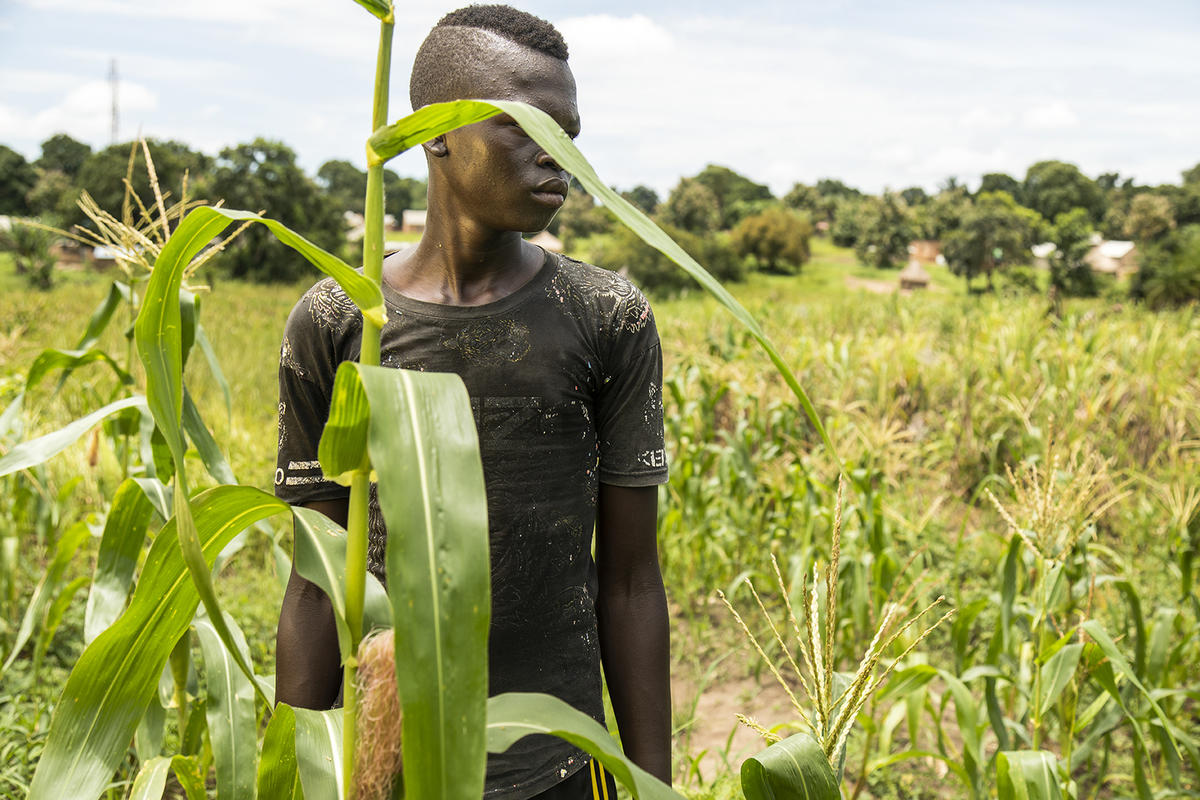
Poverty, lack of basic necessities and economic factors
For child soldiers, personal financial or familial economic situations rank high as a reason to join. When food and other resources become scarce, the alluring promise of barracks that offer a warm bed and readily available food is difficult to resist.
Conflict can destroy local economies and livelihoods. When families suffer loss of income, the pressure to survive can push parents and caregivers to urge their children to join an armed group – as a hope for the child to be fed by the group or earn an income to contribute to the family.
In some contexts, bride price arrangements with armed groups can be a driving factor for girls’ recruitment, as the family seeks a source of income to survive.
Poor sense of belonging or lack of familial relationships
In times of uncertainty or displacement due to armed conflict, children often leave school, their homes, villages and even countries. These circumstances can lead to a sense of isolation.
When this happens, children may experience a loss of personal identity because a child’s sense of self is directly connected with his or her social surroundings. Joining an armed group and becoming a child soldier provides a sense of identity in that they now belong to a community, despite the level of risk and violence a child often knows they will experience.
Community and family expectations
In situations of armed conflict, particularly at the local level communities can feel the need to protect themselves because of the mere presence of the armed force/group, or because the armed force/group may stand for a belief that is shared and supported by that community.
Community members often feel pressure, or may even want, to play their part. As a result, elders, leaders, families or parents can pressure children to join an armed group – to gain protection, or to support a cause.
As well, other family members may already be involved in a conflict situation and children will recognise this as an opportunity for deeper connection.
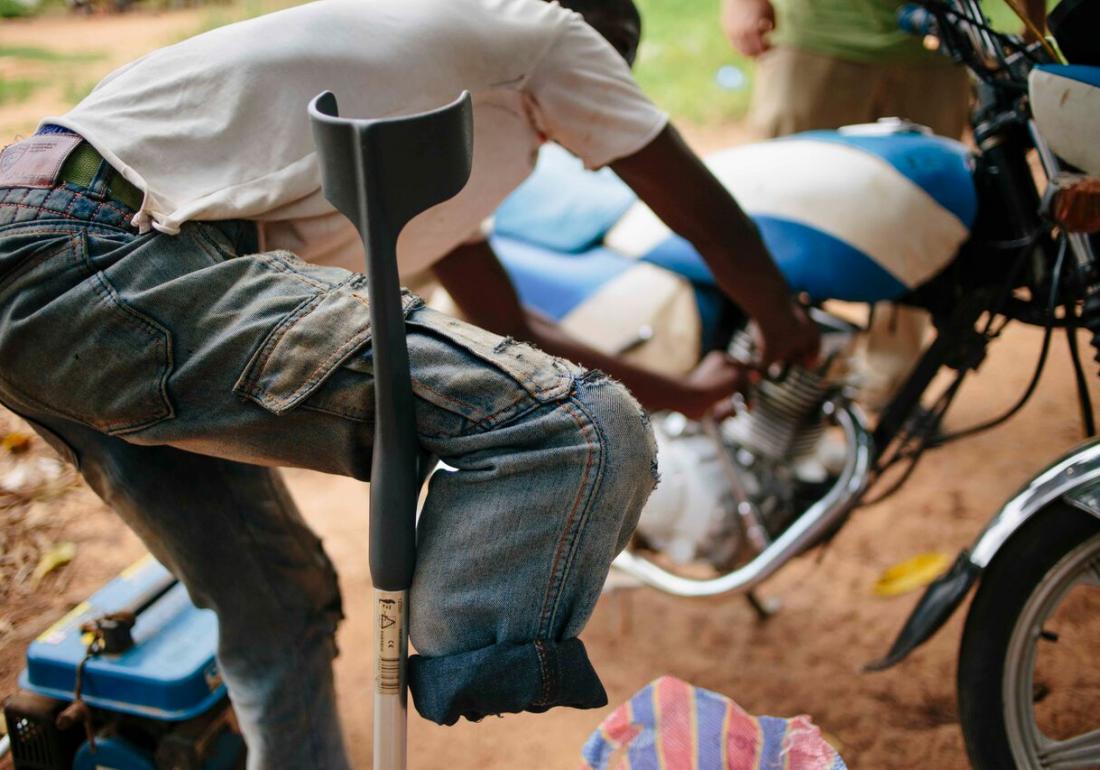
3. How many child soldiers are there?
Although there are tens of thousands of boys and girls who have been recruited as child soldiers, statistics are difficult to come by. The exact number is unknown as most data dates back nearly two decades. However, we do know that:
- In 2020, the United Nations Secretary General reported that 8,521 children, some as young as six years old, had been recruited as child soldiers in the previous year.
4. What are the effects of being a child soldier?
While the physical effects of being a child soldier are varied, the horrors of armed conflict leave long-lasting psychological, sociological and emotional effects on girls and boys.
As a child soldier, girls and boys will be forced to take actions and experience things in a way that denies their childhood and forces adulthood – actions and experiences that can lead psychological trauma for any individual, including adults.
Children will often require substantial mental health and psychosocial support upon exiting an armed force or group, due to the violence they may participate in or witness, directly or indirectly.
Child soldiers can be ostracised by their parents, caregivers, families and communities, depending on the situation of their recruitment and their actions during the conflict.
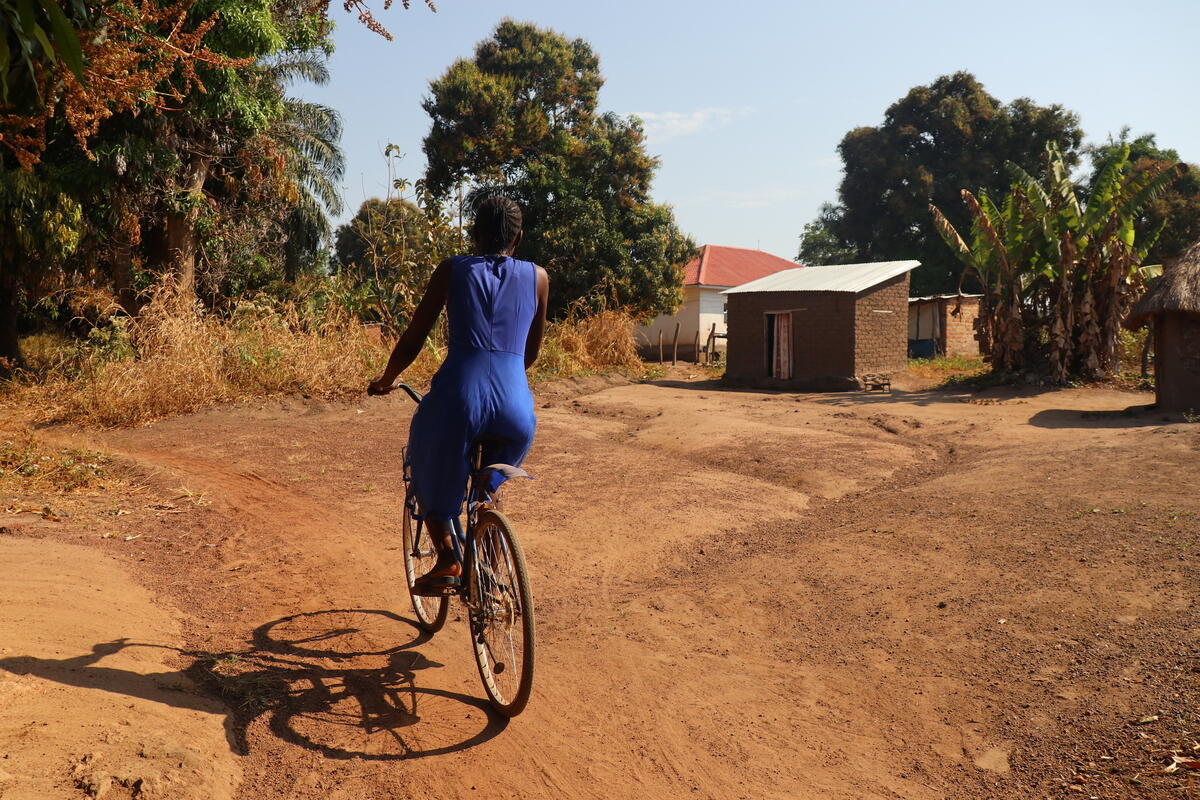
It is common to experience extreme forms of stigma that cut these children off from reuniting with their families and reintegrating back into society later.
Girls will almost always experience some form of sexual or gender-based violence, and can face the "double" stigma as a child soldier and survivor.
These effects – physical and mental – and the barriers to services and support that stigma can create, can be devastating and lifelong without intervention or care.
6. What is World Vision doing about child soldiers?
At World Vision, we believe that all children should have the opportunity to experience life in all its fullness.
Our strategies to end the recruitment and use of children by armed forces and armed groups are most effective when they are part of a comprehensive, multidisciplinary approach focused on the protection of the safety and rights of the child.
World Vision programming focuses on prevention by addressing the primary drivers of recruitment and strengthening the protective environment around children.
By doing so, children are less susceptible to not only recruitment, but also other forms of violence, abuse, neglect and exploitation. We offer reintegration programming to support former child soldiers, in line with our general child protection approach.
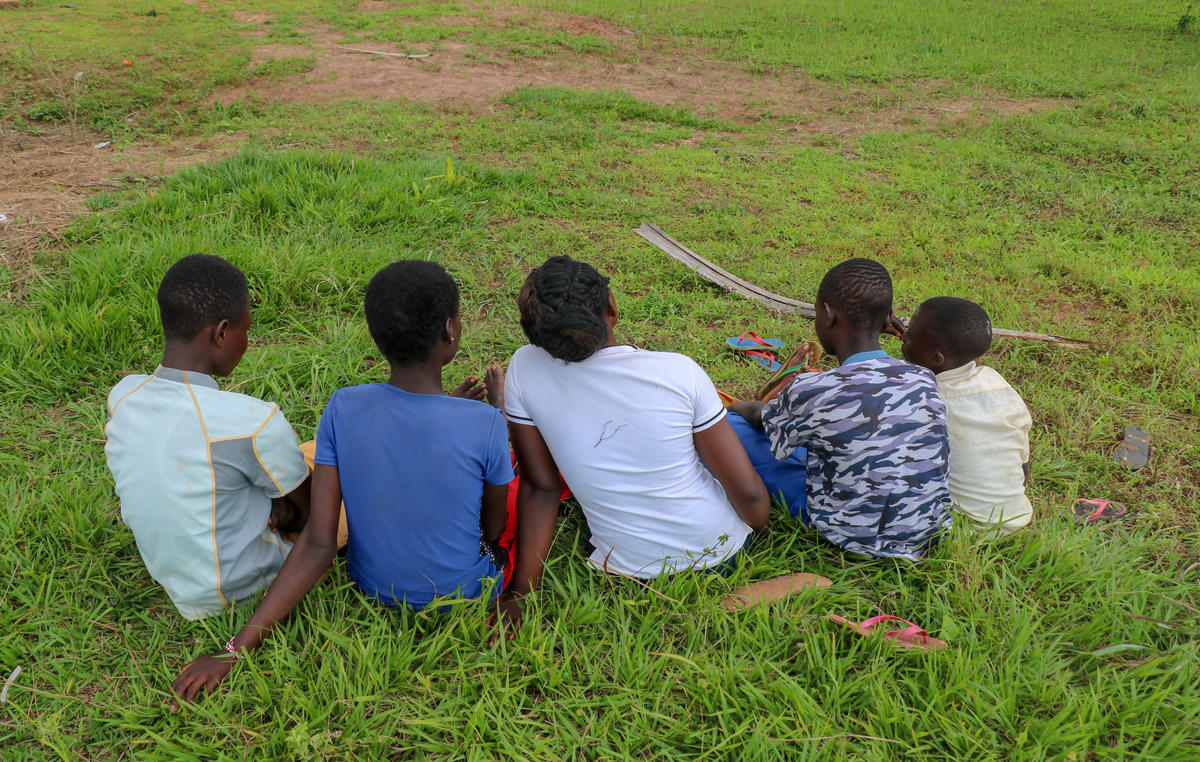
Prevention
We work to prevent children from being recruited into armed forces by strengthening child protection systems, promoting peacebuilding and increasing access to education and livelihood opportunities for entire communities. We take a holistic, rights-based systems approach, addressing the root causes that can contribute to recruitment and use.
We accomplish this through a variety of approaches, including:
- Prioritising Child Protection in humanitarian response, investing in community-based child protection systems that empower community and faith leaders, families, parents and children to monitor, report and refer child protection issues and concerns, and working to ensure comprehensive child protection services are available at local level to respond when children experience risks or forms of violence, abuse, neglect or exploitation.
- Educating and empowering girls and boys as powerful agents of change, by providing opportunities for children to increase their decision-making and coping skills, and by promoting peace and social cohesion.
- Strengthening families and caregivers to be the first line of protection and care for children by growing social support networks, and linking them to humanitarian assistance, including food and economic support, and services and systems designed to help families cope in situations of conflict and crisis.
- Partnering with communities to address the root causes of violence against children, including inequality, inadequate social protection systems, lack of economic opportunity, conflict and instability, and harmful attitudes, beliefs and practices that tolerate and spread violence.
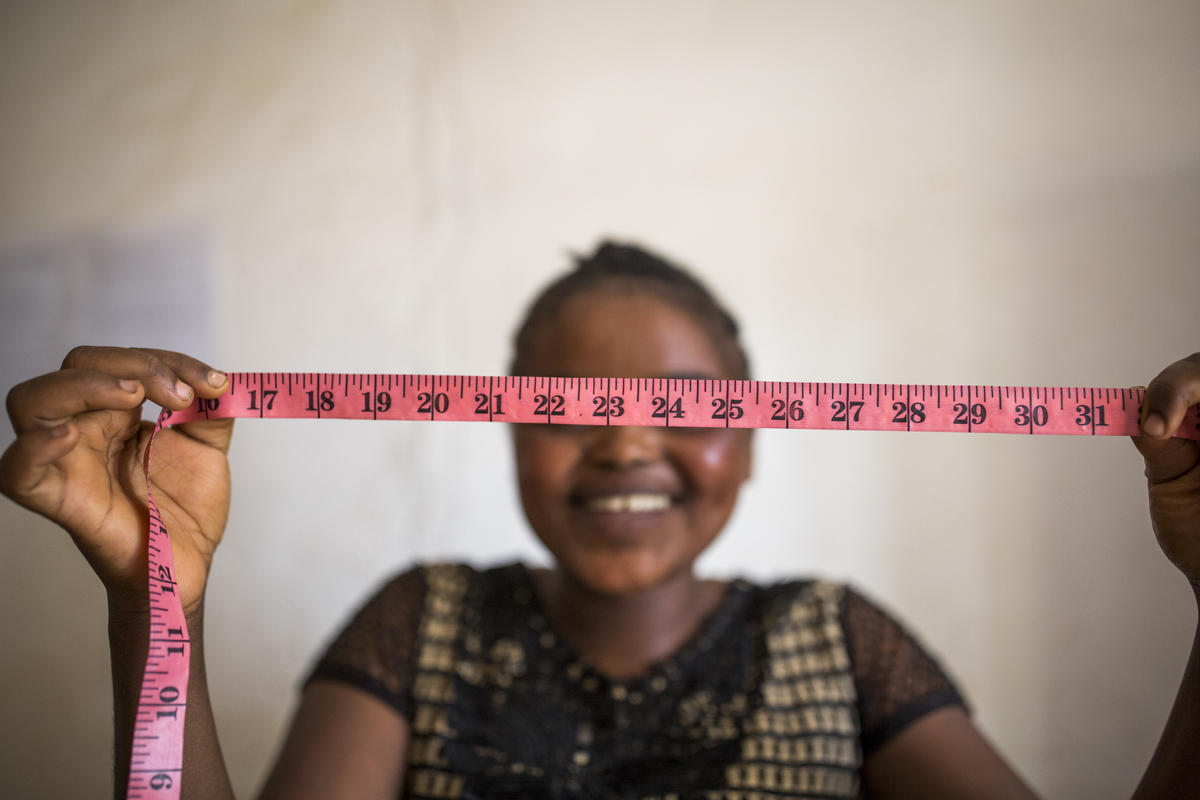
Reintegration
The reintegration of children formerly associated with armed forces or armed groups into their families and communities is a crucial step for the well-being of former child soldiers and help prevent re-recruitment.
Some examples of World Vision’s international programming include:
- In South Sudan, World Vision supported over 700 girls and boys to reunite with their families and reintegrate into their communities, providing case management services through qualified social workers, tailored counselling and psychosocial support for child survivors of sexual violence, and supporting their re-entry to primary and secondary education. Older children were also supported with vocational training to help open doors for the future.
- In Central African Republic, World Vision has connected with peer NGOs, academia and the private sector in a ground-breaking partnership to protect children from the worst forms of labour, including child recruitment and use, supporting local communities to advocate and act to create change.
- In the Democratic Republic of Congo, through the Rebound Project children were supported to reintegrate into community life through the provision of psychosocial support, life skills classes and basic vocational training. At the end of the programme, participants were provided with small grants to start businesses.
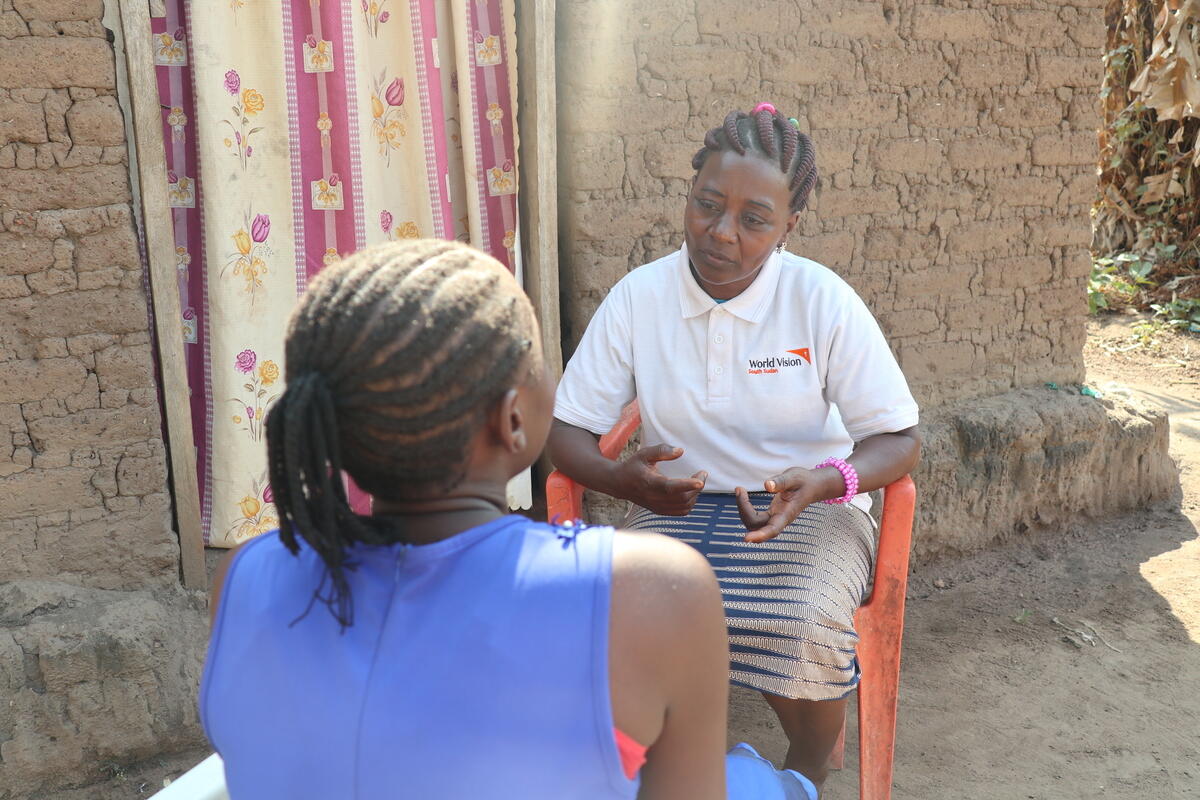
How can I help?
While solutions are complex, making a difference is not.
Help advocate for change!
Check if your country has signed and ratified the OPAC and the Paris Principles. Urge your government to take actions to implement this important international agreement.
You can also support vulnerable children and their families through our Childhood Rescue initiative.
#ChildSoldiers #ChildProtection #ChildSponsorship
Your donation will help provide life-saving essentials and support to children and families under the threat of abuse and exploitation in the world's most dangerous places.